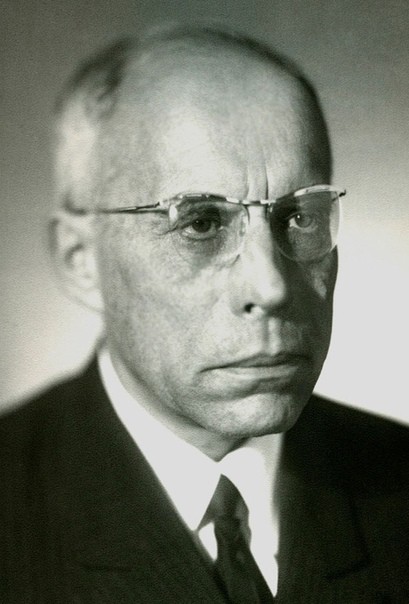Stage 3 (adaptation)
Sometimes within a span of one day or even several hours, often at night, a dramatic change occurs in the patient’s condition. It is the so-called acidotic crisis. There is a significant improvement in overall well-being. The feeling of physical weakness decreases or completely disappears, the patient is invigorated and their mood improves, various unpleasant sensations in the body cease, and the previously exacerbated manifestations of concomitant somatic diseases disappear. In some patients, this improvement proceeds in a wave-like manner, and the moments of improvement are short at first and become increasingly longer with time. Starting at this point, the tongue begins to clear of plaque (first the tip and edges, then the middle). Complexion improves, a pallor disappears, sometimes a blush appears. At the same time, the odor from the mouth and from the skin disappears, and sweating decreases. Diuresis increases slightly, and the specific gravity of urine decreases again, the amount of salts, mucus, and leukocytes declines. The subcutaneous fat layer is sharply reduced, and there is a significant overall weight loss. The stomach is retracted. Palpation is usually painless, the liver and spleen are not palpable, and intestinal peristalsis is not observed. A significant increase in spontaneous gastric secretion is noted. The heart sounds in most patients become more sonorous, the pulse is rare. Most patients have present with mild sinus bradycardia on the electrocardiogram. Daily weight loss becomes minimal and is equal to 100-200 g per day. In some patients, the blood count shows an insignificant decrease in the number of leukocytes (by 500-600, compared with the initial level). Biochemical tests show an increase in blood sugar up to 90-100 mg%, an increase in reserve alkalinity of up to 40-50 vol.%, a decrease or complete disappearance of acetone, and an increased amount of ammonia in the urine, a decrease in urine titration acidity. The electroencephalogram shows low electrical activity in all leads, a very weak reaction to external stimuli, the curve patterns monotonous. The patients’ mental state usually shows a significant improvement, their mood is better, anxiety disappears, they grow interested in their surroundings, and are included in the life of the ward. Many patients with the hypochondriacal syndrome, who experienced a decrease in cenesthopathy during the second stage, present with their complete cessation in the third stage and disappearance of a fixation on these sensations. Patients with hallucinatory paranoid syndrome become more relaxed and accessible, their delusions and hallucinations gradually vanish, as if fading into the background, lose their relevance and significance for patients. In some cases, they disappear completely, although a critical attitude towards them in patients is infrequent. Lethargy and apathy decrease in patients with a simple form of schizophrenia, they become more mobile, alert, and proactive, they become involved in work processes, begin to come in contact with others, take an interest in the life of their loved ones, and discover correct social attitudes. In patients with a catatonic form, tension and negativism decrease. They begin to get out of bed, go for walks, show less resistance to therapeutic procedures (enemas, baths, massage, etc.), and sometimes actively participate in them. Their gaze becomes meaningful. Some patients, who were previously in a state of catatonic stupor and mutism, begin to answer questions and get out of bed independently. The duration of this stage is subject to the greatest individual variation. It depends on the general state of the patient’s reactivity, nutritional status, the condition of the cardiovascular system, mental state, etc. This stage ends dramatically, with the appearance of a strong appetite, which in most cases occurs on day 20-30 of abstinence from food. The tongue is completely cleared of plaque; it becomes red and moist. By this time, the patient’s sleep deteriorates again, many patients dream of tasty food, they wake up on a pillow that’s wet with saliva in the morning. Slight irritability sets in again, the feeling of weakness intensifies. At the same time, patients very often experience a slight increase in heart rate and blood pressure, both maximum and minimum (by 10-15 mm Hg). The amount of blood sugar decreases from 72-80 to 68-71 mg per 100 ml. At this point, restorative nutrition should begin.


